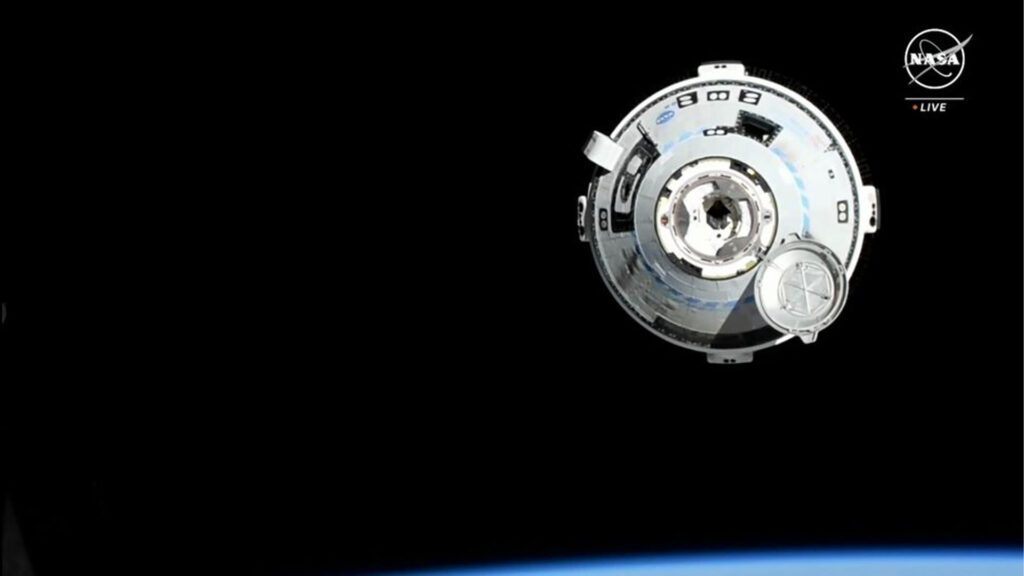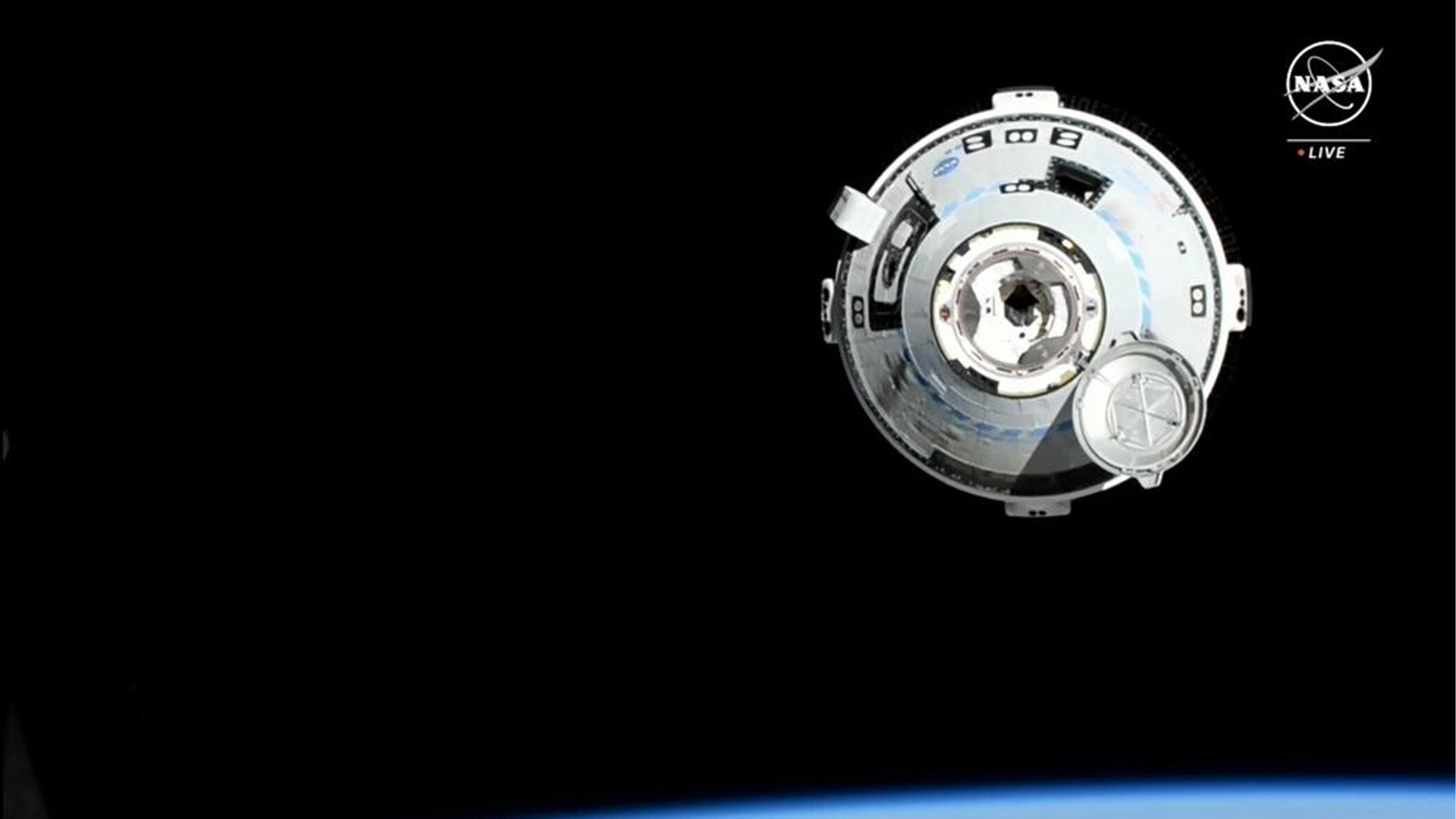Boeing’s Starliner spacecraft, the first to carry astronauts to space, recently completed a critical in-space thruster test on July 27. This test is part of a broader review by NASA to ensure the spacecraft’s readiness for returning astronauts Butch Wilmore and Suni Williams to Earth. If everything proceeds as planned, the return is scheduled for August.
The engineers conducted a series of tests on Starliner’s reaction control system (RCS) thrusters. These tests are vital for confirming the spacecraft’s readiness for landing. NASA officials indicated that the results would be evaluated over the coming days as part of the overall readiness review.
Challenges Faced by Starliner
During its initial docking with the International Space Station (ISS) on June 6, Starliner encountered several issues, including helium leaks and thruster problems. Despite these setbacks, the spacecraft successfully docked. However, understanding and resolving these issues is crucial before the astronauts’ planned return and the future Starliner-1 mission, which aims to spend six months on the ISS in 2025. This mission has been delayed until August 2025 to allow more time for modifications and testing.
Current Mission Status
The current mission, known as Crew Flight Test (CFT), was initially expected to last ten days but has extended to nearly 55 days. The astronauts have been living off reserve supplies on the ISS. Both NASA and Boeing emphasized that this mission is developmental, with uncertainties expected regarding the timeline.
Thruster Test Details
The recent RCS test involved firing each thruster in brief bursts of up to 1.2 seconds to assess performance. Of the 28 thrusters, one was excluded from testing due to previous malfunctions. The remaining thrusters achieved peak thrusts ranging from 97% to 102%. The helium system also remained stable during these tests. Astronauts Wilmore and Williams, both experienced test pilots, reported their observations to ground control during the tests.
Identifying and Fixing Issues
Ground testing revealed that repeated firing of RCS thrusters, especially when combined with the orbital maneuvering and control system (OMAC) thrusters, caused the “doghouses”—insulated bays housing the thrusters—to overheat. This overheating led to the shedding of Teflon insulation from thruster seals. NASA and Boeing noted that such issues could not have been fully anticipated through ground tests alone.

Comparison with SpaceX’s Crew Dragon
Starliner is one of two spacecraft funded by NASA to transport astronauts to the ISS, the other being SpaceX’s Crew Dragon. Crew Dragon first flew a crewed test in 2020 and has since completed 11 missions to the ISS. Its next mission, Crew-9, is scheduled to launch no earlier than August 18, by which time Starliner is expected to have returned.
Conclusion
Boeing’s Starliner continues to undergo rigorous testing and evaluations to ensure the safety and success of its missions. While challenges remain, the collaborative efforts of NASA and Boeing aim to resolve these issues and pave the way for future space exploration missions.

